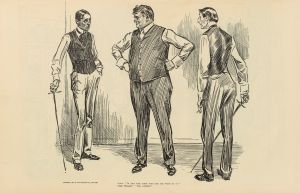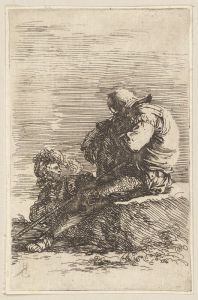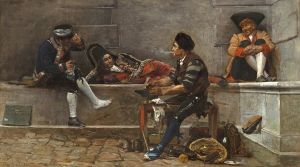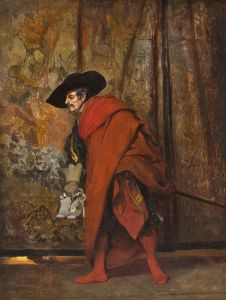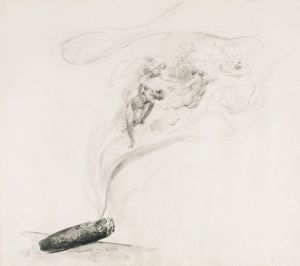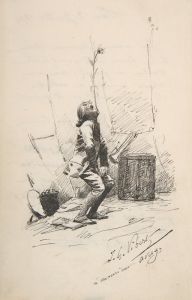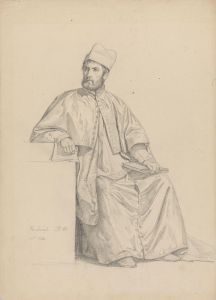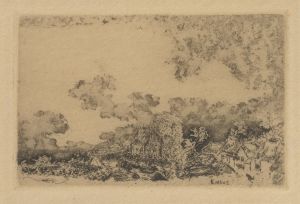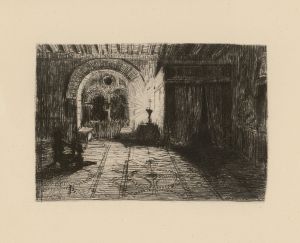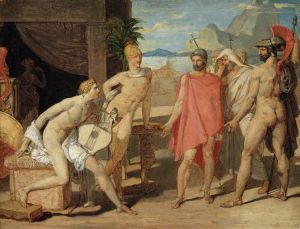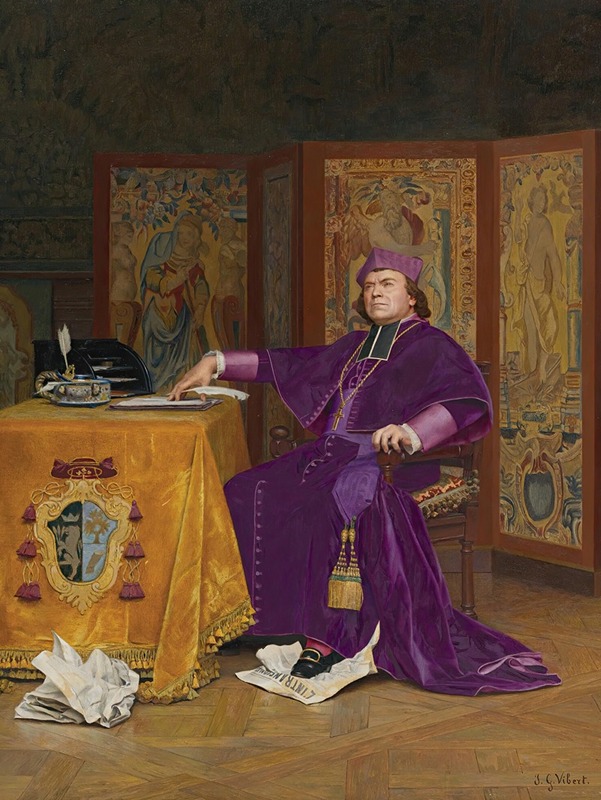
The wrath of the bishop
A hand-painted replica of Jehan Georges Vibert’s masterpiece The wrath of the bishop, meticulously crafted by professional artists to capture the true essence of the original. Each piece is created with museum-quality canvas and rare mineral pigments, carefully painted by experienced artists with delicate brushstrokes and rich, layered colors to perfectly recreate the texture of the original artwork. Unlike machine-printed reproductions, this hand-painted version brings the painting to life, infused with the artist’s emotions and skill in every stroke. Whether for personal collection or home decoration, it instantly elevates the artistic atmosphere of any space.
Jehan Georges Vibert (1840-1902) was a French academic painter known for his satirical and often humorous depictions of clergy and religious subjects. One of his notable works is "The Wrath of the Bishop," which exemplifies his skill in combining detailed realism with a touch of irony.
"The Wrath of the Bishop" portrays a scene with a bishop, dressed in elaborate ecclesiastical robes, who appears to be in a state of anger or frustration. The painting captures a moment of intense emotion, with the bishop's facial expression and body language conveying his wrath. Vibert's attention to detail is evident in the intricate textures of the bishop's garments, the rich colors, and the careful rendering of the setting.
Vibert's work often included elements of satire, and "The Wrath of the Bishop" is no exception. The painting can be interpreted as a critique of the church's authority and the human flaws of its leaders. By depicting the bishop in a moment of anger, Vibert may be highlighting the contrast between the expected piety of religious figures and their all-too-human emotions.
Jehan Georges Vibert was trained at the École des Beaux-Arts in Paris and studied under prominent artists such as François-Édouard Picot and Félix-Joseph Barrias. He exhibited regularly at the Paris Salon, where his works were well-received for their technical excellence and engaging subject matter. Vibert's paintings often featured scenes from everyday life, with a particular focus on the clergy, which allowed him to explore themes of hypocrisy, vanity, and the complexities of human nature.
"The Wrath of the Bishop" is a prime example of Vibert's ability to blend humor with social commentary. The painting's composition, with its careful arrangement of figures and objects, draws the viewer's eye to the central figure of the bishop, while the surrounding details add depth and context to the scene. Vibert's use of light and shadow enhances the dramatic effect, emphasizing the bishop's emotional state.
In addition to his painting career, Vibert was also a playwright and author, which may have influenced his narrative approach to art. His works often tell a story or convey a message, inviting viewers to look beyond the surface and consider the underlying themes.
"The Wrath of the Bishop" remains a significant piece in Vibert's oeuvre, showcasing his talent for combining technical skill with insightful commentary. The painting continues to be appreciated for its artistic merit and its ability to provoke thought and discussion about the nature of authority and the human condition.
Overall, Jehan Georges Vibert's "The Wrath of the Bishop" is a masterful work that captures a moment of intense emotion while offering a subtle critique of religious authority. Through his detailed and expressive style, Vibert invites viewers to reflect on the complexities of human behavior and the often contradictory nature of those in positions of power.





